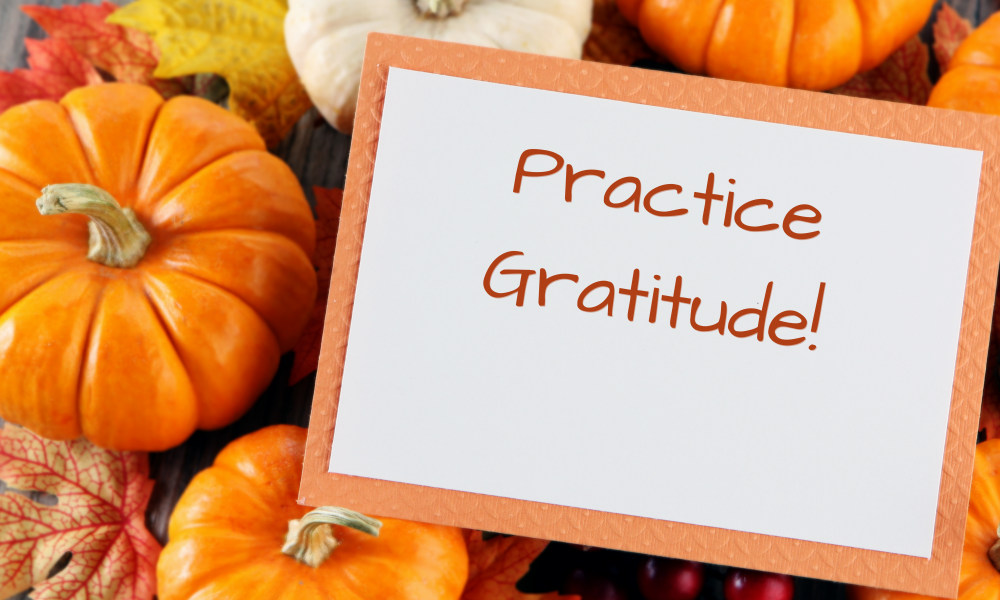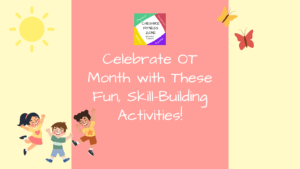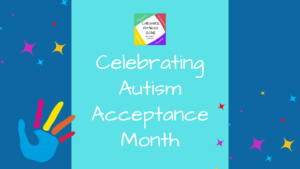Thanksgiving is this Thursday! It’s the perfect time to instill the value of gratitude in children. Teaching kids to appreciate the positive aspects of their lives fosters empathy, resilience, and a positive outlook.
By incorporating gratitude exercises into your child’s routine, you can nurture their emotional well-being and help them develop a deeper appreciation for the world around them. In this blog, we’ll explore five exercises that make practicing gratitude a fun and engaging experience for kids while tying in the spirit of Thanksgiving!
1. Gratitude Journaling (Recommended for Ages 6 and Up):
The practice of gratitude journaling is a great way to help children recognize and appreciate the good things in their lives, especially during the Thanksgiving season.
Provide your child with a special notebook and encourage them to write down three things they’re thankful for each day. These can be as simple as a favorite toy, or a kind gesture from a friend. Over time, this habit helps kids develop a positive mindset, making it an ideal exercise for the lead-up to Thanksgiving.
– Prompt: Encourage the child to reflect on their day and think about things that made them happy or that they appreciated.
– Example: “What’s something special that happened today? Maybe a fun game you played or a kind word from a friend. Let’s write it down together.”
This activity promotes expressive language skills as the child verbally expresses their thoughts and feelings. It also supports organizational skills as they sequence events in writing.
2. Gratitude Collage (All Ages with Caregiver Assistance):
Creating a gratitude collage is a hands-on and artistic exercise that allows children to visually express their appreciation. Gather old magazines, scissors, glue, and a poster board. Together, cut out images or words that represent things your child is grateful for, such as family, friends, pets, or delicious food.
Encourage them to arrange these cutouts on the poster board in a way that reflects their gratitude. The finished collage becomes a visual reminder of the things they cherish and can be proudly displayed, adding a festive touch to your Thanksgiving decorations.
– Prompt: Guide the child in selecting images or words that represent what they are thankful for.
– Example: “Let’s make a gratitude collage! Choose pictures or words from magazines that show things you’re thankful for. It could be your favorite toy, a cozy blanket, or a big heart for love.”
This craft encourages fine motor skills (cutting and gluing), visual perceptual skills (arranging items aesthetically), and language skills as the child describes their choices.
3. Thank You Notes (Recommended for Ages 4 and Up):
Thanksgiving is the perfect time to teach children about gratitude through thank-you notes. Encourage your child to write thank-you notes for gifts, acts of kindness, or help they’ve received, whether it’s a Thanksgiving gift or the warmth of family gatherings.
Provide them with colorful stationery and fun markers to make the process more enjoyable. Writing thank-you notes not only helps children show appreciation but also reinforces good manners and polite communication, which are especially relevant during the holiday season.
– Prompt: Help the child think about recent experiences where someone did something kind for them.
– Example: “Remember when Grandma sent us that card? How about we write her a thank-you note? We can tell her what we loved about it and how much it meant to us.”
Writing thank-you notes supports fine motor skills in holding a pen and forming letters. It also enhances language skills as the child expresses gratitude in writing.
4. Gratitude Scavenger Hunt (Recommended for Ages 7 and Up):
Transform the act of practicing gratitude into an exciting game that ties in beautifully with the spirit of Thanksgiving. Create a list of items or experiences for your child to find or notice throughout the day.
The list can include prompts like “something that makes you smile,” “someone who helped you,” or “something that made you happy”. After the hunt, sit down with your child to discuss their findings, emphasizing the positive aspects of their day. This exercise encourages kids to actively seek out and appreciate moments of joy and kindness, making it a Thanksgiving tradition.
– Prompt: Provide a list of items or experiences to find, emphasizing the positive aspects.
– Example: “Let’s go on a gratitude scavenger hunt! Find something that makes you smile, like your favorite toy. When you find it, tell me why it makes you happy.”
This activity encourages expressive language as the child communicates their findings, and it involves motor planning and coordination as they actively seek items.
5. Gratitude Circle (All Ages with Parental Guidance):
A gratitude circle can become a heartwarming Thanksgiving activity. Gather your family members and sit together in a circle, taking turns to share something each person is grateful for.
This exercise fosters open communication, strengthens family bonds, and encourages children to express their appreciation in a supportive environment.
– Prompt: Initiate a conversation by sharing something you are grateful for, then encourage the child to do the same.
– Example: “During our gratitude circle tonight, I’ll start. I’m grateful for our family traditions because it is quality time together. Now, it’s your turn. What’s something special to you?”
Participating in a conversation within a gratitude circle supports social communication skills, expressive language, and turn-taking.
Practice Thankfulness This Thanksgiving!
As Thanksgiving approaches, it’s an opportune time to practice gratitude. The five gratitude exercises mentioned here offer playful and creative ways to instill the value of gratitude while tying into the spirit of Thanksgiving.
By making gratitude practice enjoyable and interactive, parents and caregivers can help children appreciate the beauty, kindness, and positivity in the world around them, making their Thanksgiving celebration even more meaningful. As children embrace gratitude, they gain a deeper understanding of the value of appreciating life’s simple pleasures and meaningful relationships, a sentiment that aligns perfectly with the Thanksgiving season!



